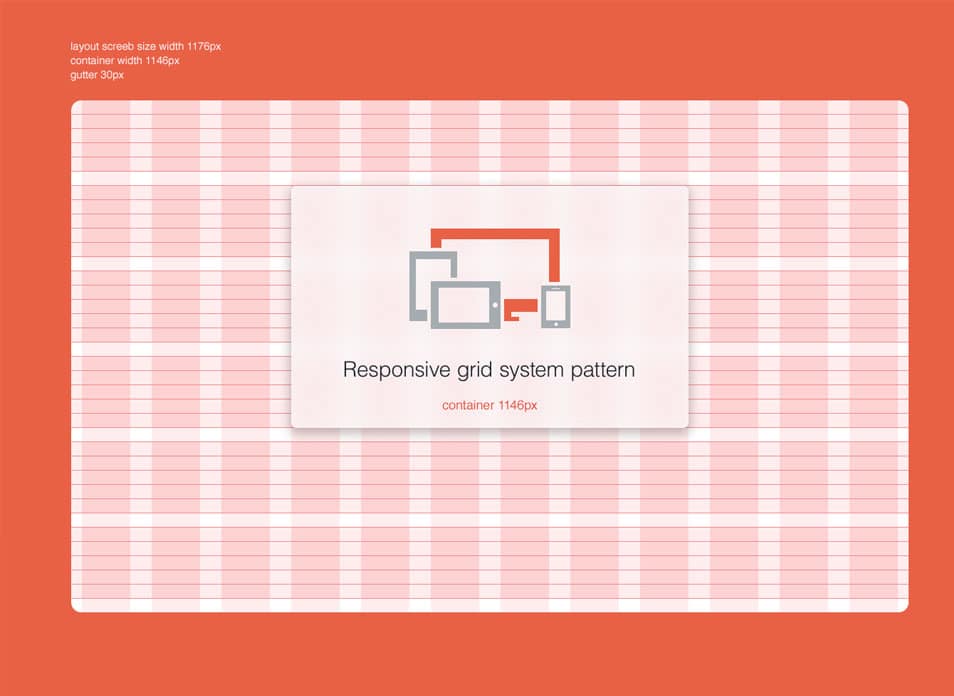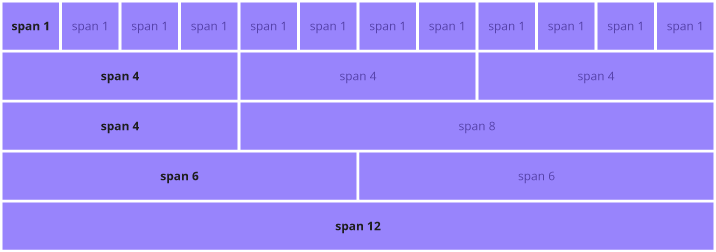

To style the flex items within the container, I’d use the selector. I can then specify the height of the container as well as the background color, as shown below. flex-container, I’d make the container flexible by setting the display property to flex. I’d then add CSS to the head section of my page. In the body section, I’d simply create six elements and wrap them in a element with the. Let’s say I want to create a flexbox grid with six columns, like the one above.

Now we’ll walk through an example of building a grid in Flexbox so you can compare both processes.

You’ll see I added some inline CSS styling to more clearly see each individual column on the front-end. col-sm-2 class.Īpplying this class to six elements, I’d then wrap these in a row, as shown below. Let’s say I want to create six equal-width columns that stack on top of each other on mobile phones or screens that are less than 576px wide.

Class prefixīecause the column system and responsive tiers work together, you’ll often see a number and a prefix defining the. Please note that the value listed in pixels is the breakpoint at which columns will automatically stack on top of each other. The five default responsive tiers of the Bootstrap 4 grid system are listed below. In that case, I’d need to use a responsive grid breakpoint. Now let’s say I want to create equal-width columns that display horizontally until they reach a certain screen width and then automatically stack on top of each other. That means if I want to create two columns, in which one is half the size of the other, I’d use the classes. In that case, you just need your columns to add up to twelve so they display on a single horizontal block. Most site owners won’t need anywhere close to twelve columns. You can have more than twelve, they’ll just start to wrap rather than show up on a single axis, regardless of the viewport. Bootstrap has a twelve-column system, which means there can be up to twelve grid columns on a single horizontal block. Let’s start with Bootstrap’s column system. That means you can use its mobile-first flexbox grid to build unique and complex layouts without having to build them from scratch - it also means you need to understand its unique syntax. Let’s take a closer look at each process below.īootstrap offers a twelve-column system with five default responsive tiers, Sass variables and mixins, and dozens of predefined classes. With Bootstrap, you can create a grid using only HTML. What sets Bootstrap apart from using Flexbox alone is the process of writing code. It’s important to understand that Bootstrap 4’s grid system is built with Flexbox. Note, however, that you cannot use a CSS Grid Container inside a Flexbox container. You can combine them by using a Flexbox container inside a CSS Grid container. Here’s a side-by-side comparison of a layout built with Flexbox and one built with CSS Grid that shows this effect.īefore we move on, it’s important to understand that these layout models are not mutually exclusive. The layout will look more like bricks than a grid as a result. That’s because you can’t control where flex elements end up like you can in CSS Grid flex elements simply inch along a single axis and then wrap accordingly. But how wrapped flex items line up on a row is independent of how they lined up on the previous row. This creates rows and columns in a sense. That way, if your items are too large to all display in one line on a particular viewport, they will wrap onto another line rather than shrink to fit in one row. You simply have to apply the flex-wrap property with a value of “wrap” to your container. With Flexbox, you can also create multi-line flex containers. The difference here is that CSS Grid allows you to create 2D layouts in ways that Flexbox does not. Also like CSS Grid, Flexbox can be used to create two-dimensional layouts. Like Flexbox, you can use CSS Grid to create one-dimensional layouts. Make sure you choose the Grid Style Format from your view format settings.In an article on CSS Tricks, co-founder of CodePen, Chris Coyier made an important note.
#Responsive grids bootstrap code
Override in your theme with the code below.Here's a quick hack override to make your favorite Grid Style Format, responsive and play well without any need for extra CSS.Įasy! The whole purpose is to replace the html tags in to us instead of, and Bootstrap's grid instead of and. You also probably noted that the Grid Style Format uses tables, which is not responsive, and is does not play well with Twitter's Bootstrap UI library. You probably used the Views' famous Grid Style Format to easily output items in a grid.


 0 kommentar(er)
0 kommentar(er)
